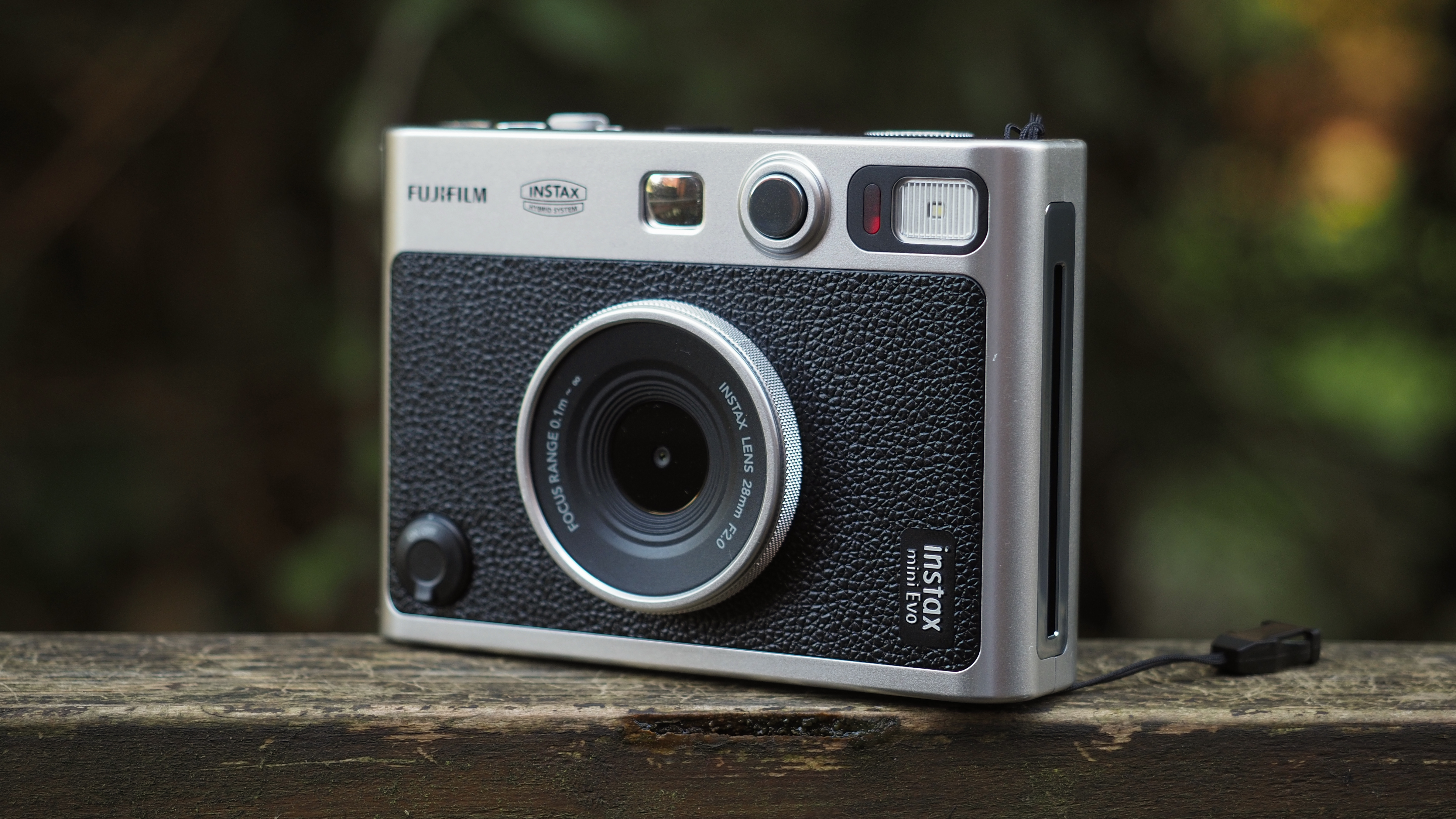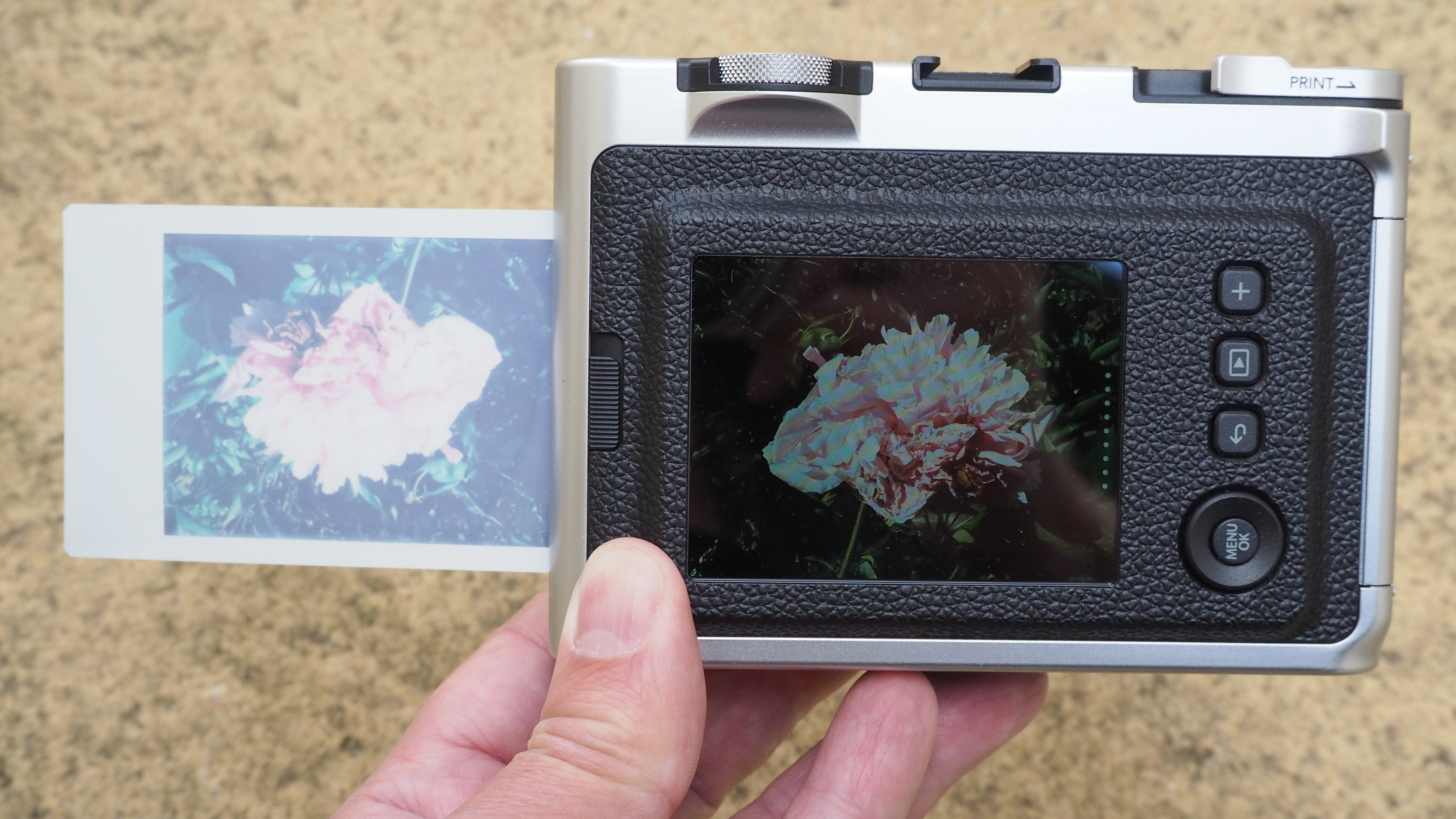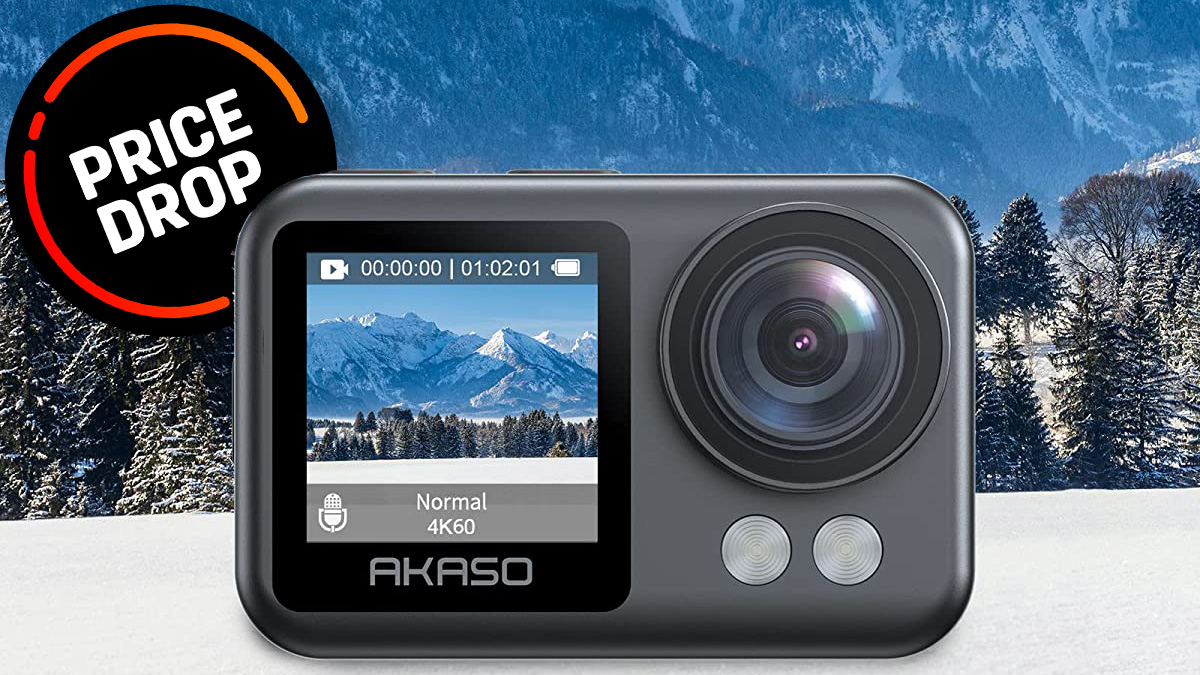Cheap cameras are typically terrible. The Fujifilm Instax Mini Evo is an exception
If I only had $200 / £175 / AU$300 to spend on a camera, I know exactly the one I would choose: The Instax Mini Evo

Finding a compact camera for a few hundred bucks isn’t impossible to do – but finding a good camera that could also be aptly described as cheap is nearly impossible, depending on your definition of a good camera. But out of all the cameras that I’ve tested over the years, I have a clear favorite when it comes to cameras that cost less than $200 / £175 / AU$300: The Fujifilm Instax Mini Evo.
Cheap compact cameras tend to have small sensors. The Instax Mini Evo isn’t an exception, with a tiny 1/5-inch sensor. But while the Evo has a fairly typical set of digital specs for a cheap camera, what it lacks in sensor size, it makes up for in creativity and retro style.
The Fujifilm Instax Mini Evo is a digital instant film hybrid. Photos are captured on that digital sensor. But, those shots can then be exposed to instant film. That allows photographers to have both a digital photo to share on Instagram and a physical photo to share in person. The design also negates many of the disadvantages of film – you don’t have to waste film printing out the bad images, and you can still keep snapping photos even if you run out of film.

But my favorite part of the Instax Mini Evo is all the creative tools. The compact hybrid camera has several creative effects accessible by rotating a control around the lens. These options include double exposures, light leaks, soft focus, and vignette. Those ten lens effects can be combined with the ten different film simulations involved, from black and white to retro.
When I first tried out the Instax Mini Evo, I fell in love with those creative tools, producing shots that would have been difficult to do without Photoshop, even on a pricier camera. I found the Evo encourages creative experimentation, which is what photographers sometimes need to get out of a creative rut. It’s liberating at times to shoot with a cheap but creative compact camera without any pressure or expectations. The Mini Evo was truly the first cheap camera that I fell head-over-heels for.
Then, of course, there’s the Instax Mini Evo’s retro look. The leather-like wrap and silver top is more plasticky than Fujifilm’s mirrorless cameras, but I still love the nostalgic look that mirrors the different creative capabilities inside the camera.
The other thing that I love about the Evo is its widespread appeal. I ended up giving the Evo to my 10-year-old daughter, who can take photos even well after she’s run out of Instax Mini film to hang on a string of lights in her increasingly grown-up looking bedroom. A camera that kids, teenagers, and adults can get behind is hard to do, especially at a low price point, but I think the Instax Mini Evo fits the bill.
Get the Digital Camera World Newsletter
The best camera deals, reviews, product advice, and unmissable photography news, direct to your inbox!
Do I wish the Instax Mini Evo had a larger sensor so I could print more than just with the Instax printer built in? Sure, but it would also be a far more expensive camera. It’s one of the few cheap compact cameras that I’ve loved even as a professional photographer, alongside cameras like the all-film Instax Mini 99.
Fujifilm has an even cheaper digital hybrid, the Instax LiPlay, but it lacks the creative lens effects. Then, of course, there’s the newly launched Instax Mini Evo Wide, but while the larger film format is nice, it comes at a significantly higher price point.
While I would never replace my mirrorless camera with a cheap compact camera, if I only had $200 / £175 / AU$300 to spend on a digital camera, I would immediately gravitate to the Instax Mini Evo.
You may also like
Instax Mini Evo not quite right, or have a bit more to spend on a camera with a larger sensor? Find more favorite budget picks with the guide to the best cheap cameras or the best cameras for beginners.

With more than a decade of experience reviewing and writing about cameras and technology, Hillary K. Grigonis leads the US coverage for Digital Camera World. Her work has appeared in Business Insider, Digital Trends, Pocket-lint, Rangefinder, The Phoblographer and more.
You must confirm your public display name before commenting
Please logout and then login again, you will then be prompted to enter your display name.
